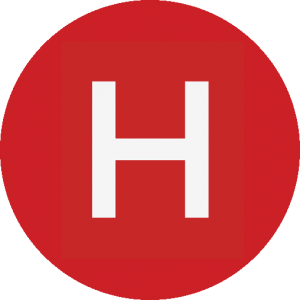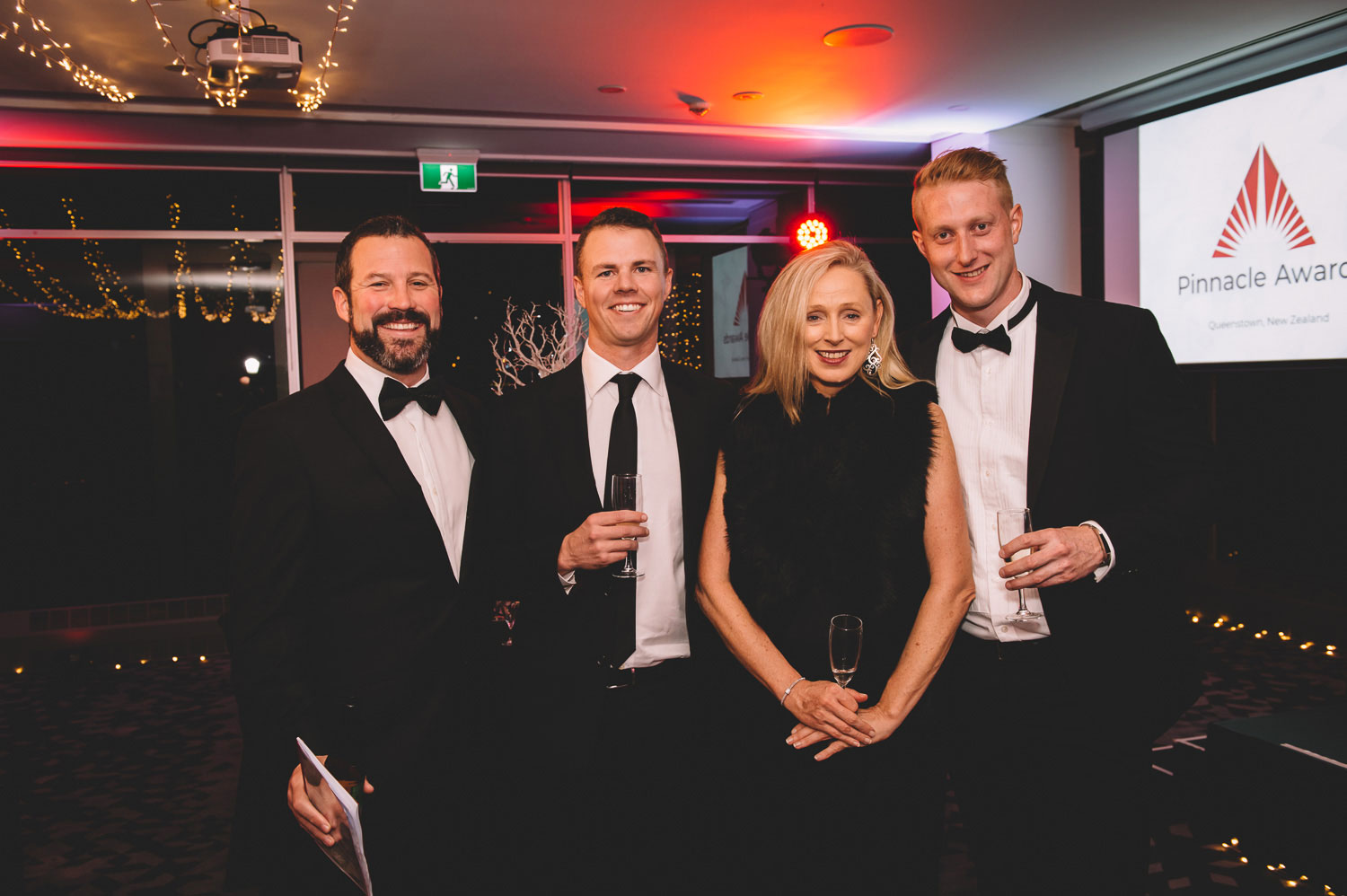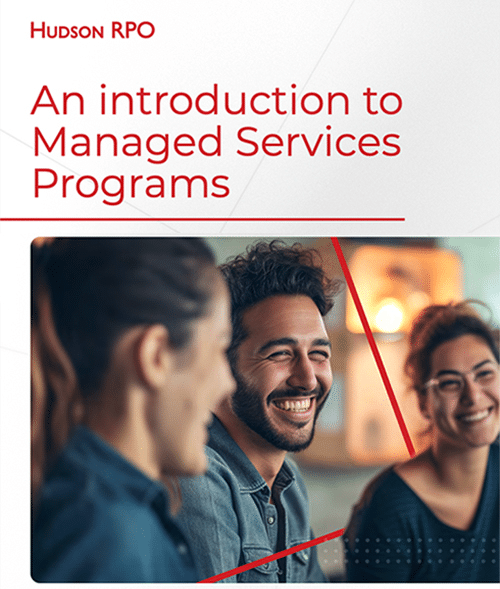- Blogs & Articles
Meet Stephen Fitzgerald – Director of Technology & Innovation, APAC
We know recruitment technology plays an increasingly vital role in any talent acquisition strategy. When woven into the end-to-end recruitment lifecycle, it has the potential to influence brand perceptions, elevate candidate experience and deliver efficiencies in the process.
However, deciding on what technology is suitable for your organization can be challenging. In addition, the tech market is ever-changing, with new vendors entering the market. So how do you keep abreast of what is happening?
Meet Stephen Fitzgerald, responsible for designing and leading the technology functions across our Asia Pacific operations. He keeps our clients informed of the latest technology and supports them in deciding what technology is best for their needs. In this two-part series, we ask Steve about his role, how he keeps ahead of the Recruitment technology market and what the future holds.
What do you love most about your role?
There are so many elements of my role that I love. First, there’s exposure to a whole range of interesting and passionate clients and helping them understand their needs and deliver a solution.
I enjoy the operational elements, the change and complexity and thinking through and diagnosing what someone needs and how to link it to a solution. Then there is the vendor side which is such a complex world. There is a vast network of vendors and learning about their research and development journey is fascinating.
It is a great feeling knowing you are part of this movement, shifting how we approach talent acquisition, enabling change, and seeing it come to life.
What piece of technology or a specific project you worked on in the past year has significantly impacted our clients?
We supported many clients with the implementation of several systems spanning the various touch points in the recruitment process. Most of these focused on automation and using AI to find the right people and upskill their talent programs.
Many of our clients upgraded their ATS to enable them to benefit from automation and AI for candidate matching and attraction. Other clients used similar technology to automate reference checking and interview scheduling. And finally, we supported a number of clients who renewed their assessment platforms, leveraging technologies like predictive assessments or automated screening to measure the likeliness that someone is the right hire for the role.
Our focus is on ensuring the technology is current and delivering to what our clients need. The pandemic forced many of them to modernize their technology and recruitment processes. For some, this occurred several times throughout the year with us, with minimal disruption to their recruitment activity, allowing them to modernize technology and systems across all touchpoints of the recruitment process.
What is your process when you are implementing technology to support the client?
One of the most critical elements of a technology program is defining what success looks like right from the get-go. What are the pain points for the client right now? What are the results they would want to see? Defining these is part of the transformation process. It anchors our conversations throughout the implementation in terms of how things are going, how we can improve candidate satisfaction, and how we measure success.
We also conduct a post-implementation review where we look at the goals we set and the improvements so we can put a program of continuous improvement in place. It is not a typical system implementation; it is a series of transformative steps of which system implementation is just one.
And how do you go about evaluating and selecting what technology becomes part of the tools that we recommend to our clients?
Our methodology looks at the core elements that form part of that technology category. There are about 16 different technology categories relevant to resourcing for talent acquisition. Within those core areas, we believe certain features are essential; we evaluate those against the products and assess how well they can deliver benefits against each of these categories.
When we provide recommendations to our clients, we take the time to help them define what they are looking for and what the quantification is of what they hope to achieve. What works for graduate recruitment may not work for high touch senior and executive search recruitment. We help the client develop the business case and then evaluate the market for the right technology solution.
There is not just one product that we recommend every time. Each client and situation are unique, so we look at the scenario and what the client wants to achieve. We then circle back to our research to determine what technology can best deliver against that. Finally, we invite the vendor to come in and demonstrate their case to the client, after which we work on a concrete recommendation on the best product to deploy.
What advice would you give to people looking at recruitment technology?
Be prepared to spend a lot of time in product demos and talking to users about their experiences. Then, separate the sales pitch from the actual benefits realized in the user experience. The system might be fantastic and have all the bells and whistles, but will it deliver against your needs? Is it going to be engaged with and is user adoption going to be high? The system you adopt is only ever as good as the user adoption. So, talk to as many people as you can to get a clear picture of what is essential, and do not get too caught up in endless feature offerings.
In part two of our series, Steve talks about technology trends and what the future might look like for talent acquisition.

Hudson RPO
Content Team
The Hudson RPO Content Team is made up of experts within the Talent Acquisition industry across the Americas, EMEA and APAC regions. They provide educational and critical business insights in the form of research reports, articles, news, videos, podcasts, and more. The team ensures high-quality content that helps all readers make talent decisions with confidence.
Sign up to receive the latest recruitment insights and Hudson RPO news.










